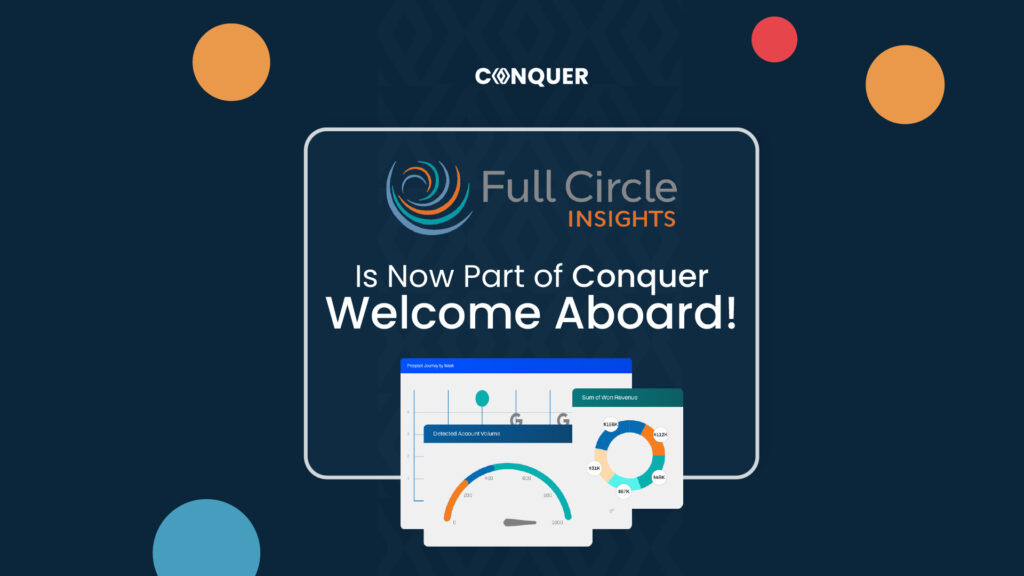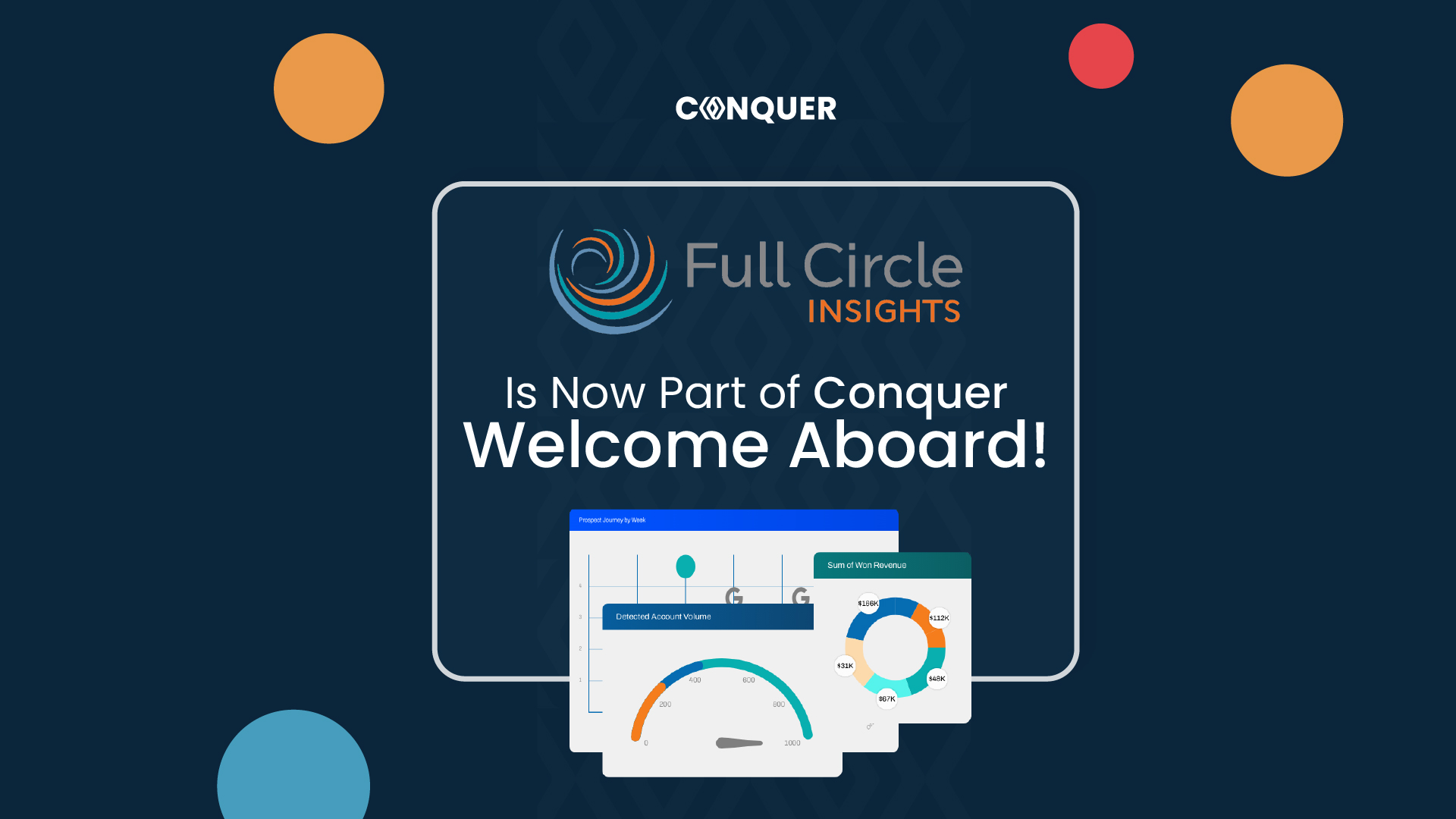In this article, we’ve outlined six steps to help guide your organization through a digital sales transformation. These steps will maximize the effectiveness of your transformation initiative and help drive your sales team to new heights.
The role of sales has forever been changed by technology and the digitalization of society. The days of closing deals on the golf course are long gone. To compete in today’s hypercompetitive market, revenue organizations must not only embrace technology—they must prioritize it as a mission-critical pillar of modern business. Sales teams are now faced with the sizable task of pursuing a complete digital transformation. Those that do will be equipped to succeed, while those that do not will quickly be left behind.
A digital sales transformation requires more than just software. It’s a collective undertaking that requires full executive buy-in, departmental alignment, strategic planning, and diligent execution. At the end of the day, it’s as much about people as it is about tech.
In this article, we’ve outlined six steps to help guide your organization through a digital sales transformation. These steps will maximize the effectiveness of your transformation initiative and help drive your sales team to new heights.
1. Data: The Foundation of Digital Sales Transformation
Data management and governance need to be at the foundation of your digital sales transformation program. The ability to rely on the data in your CRM for all business decisions will provide you with actionable insights.
A central point of truth is essential for both finding alignment and tracking progress. Your key objectives should focus on setting up a firm data foundation to build on. Creating and maintaining a single source of accurate, meaningful data leads to higher quality sales engagement and data-driven decision-making.
Conduct a CRM audit to identify where duplicate or inaccurate data exists, and use data enrichment providers to fill in the gaps. The goal is to get to a point where you have a continuous process for maintaining a clean database. Check for duplicates, implement automation, and optimize your CRM one to two times a year to ensure your revenue organization has meaningful data to leverage with prospects and customers. This will enable automation and engagement tools to support personalization at scale for both digital and account-based campaigns.
2. Sales Process: Understanding the Customer Journey in your Digital Sales Transformation
Defining your lead-to-revenue process is the most critical piece of a digital sales transformation. It should be a representation of your actual sales process. Your objective should be to establish customer lifecycle stages to track progress and KPIs across the sales process.
Start with identifying the critical steps in your sales cycle. Then work with sales operations and your entire revenue organization to decide on Service Level Agreement (SLAs) between marketing, sales, and customer success. Ensure that the human steps of your process can be completed manually before diving too deep into automation and tools. The process needs to be clear, and all members of the team understand the process and expected outcomes.
Your CRM and marketing automation platforms are excellent tools to automate the handoff process between teams. Automation will improve your lead to revenue process, maximize sales effectiveness, and strengthen customer intimacy.
3. Improve Your Digital Sales Transformation with the Right Tools and Processes
Once you have a better understanding of your lead to revenue process, identify areas for improvement for sales engagement at each stage of the sales cycle. Work with your sales managers and get feedback from your sales reps on the front lines to audit potential bottlenecks and gaps. Their insights will help you decide what engagement tools and processes can be implemented or optimized.
Without enterprise solutions such as computer telephony integration (CTI) or sales engagement platforms, sales teams end up spending loads of time doing inefficient, non-sales-related activities for most of their working day.
Investing in a unified revenue engagement solution can help your sales reps better prioritize leads, respond to inquiries faster, and mitigate time spent in leaving (or responding to) voicemail. A solution that resides inside CRM will result in more comprehensive, accurate data capture and enhanced customer experience overall, because reps will have the context and the tools to meet the needs of today’s B2B buyer.
4. Increase Quantitative Sales Performance with Continuous Training
As sales leaders, one of your biggest responsibilities is to motivate your reps. Your reps are your biggest asset. You can empower your teams to succeed by driving them to perform their best every day with continuous training and coaching.
Capturing key engagement metrics, such as sentiments, outcomes, and others will give your team insights into process improvements and coaching opportunities that can increase sales even further. You need visibility into sales reps performance data such as activity volume and speed-to-lead metrics to understand where your reps need the most training and coaching.
With the right add-on tool and processes, CRM platforms can become a tremendously useful tool for sales managers to evaluate these types of metrics. Consider developing some friendly competition and incentives to motivate your reps further to hit and continuously surpass their goals. There are sales performance platforms out there that easily allow you to gamify the sales process to keep your reps engaged and motivated.
5. Improve the Quality of Sales Engagement with Metrics + Coaching
In addition to measuring key engagement metrics, sales leaders can benefit from implementing processes to support sales development further and improve the quality of the overall customer experience. Shifting to a digital sales model allows you to measure qualitative aspects of engagement — which is hard to measure in an outside or field sales model.
Standardizing conversation outcomes, tracking talk time, and analyzing conversation quality using Call Recording Analysis technology gives your sales management team a data set for which to measure what is hard to quantify. Conversation outcomes provide you with actionable insights that can help tailor coaching to each individual rep’s way of selling. Measuring talk time and conversation outcomes make it possible to identify talk trends to accelerate opportunities and prescribe the next steps
6. Bolster Sales Enablement to Deliver Actionable Content and Resources
The final piece in transforming your sales team into a modern, digital-first sales organization is to arm sales reps with thought leadership and product knowledge. It could be challenging for sales reps to keep up with recently published marketing content. Consider creating or adopting a sales enablement tool that serves as an internal content library for your customer-facing reps.
Collaboration and alignment with marketing, product, and customer success will play a critical role in making sure your sales force aligns outreach to the brand and product strategy. In addition to providing sales collateral, guided training and discussions should also be regular events to help reps become your product and industry experts. Keeping your sales team up-to-date with what messages work and don’t work will prove extremely valuable. Whether you train them on general sales strategies or industry best practices, it’s time well-spent.
Overcoming Digital Sales Transformation Challenges
A complete digital sales transformation is no small feat. In fact, it can be downright daunting. The reality is that the majority of digital transformation projects fail—and there are a number of reasons why. Common culprits include lack of executive support, misaligned departments, resistance to change, and lack of upkeep after launch.
Experience what native CRM sales engagement feels like. Talk to sales today.








